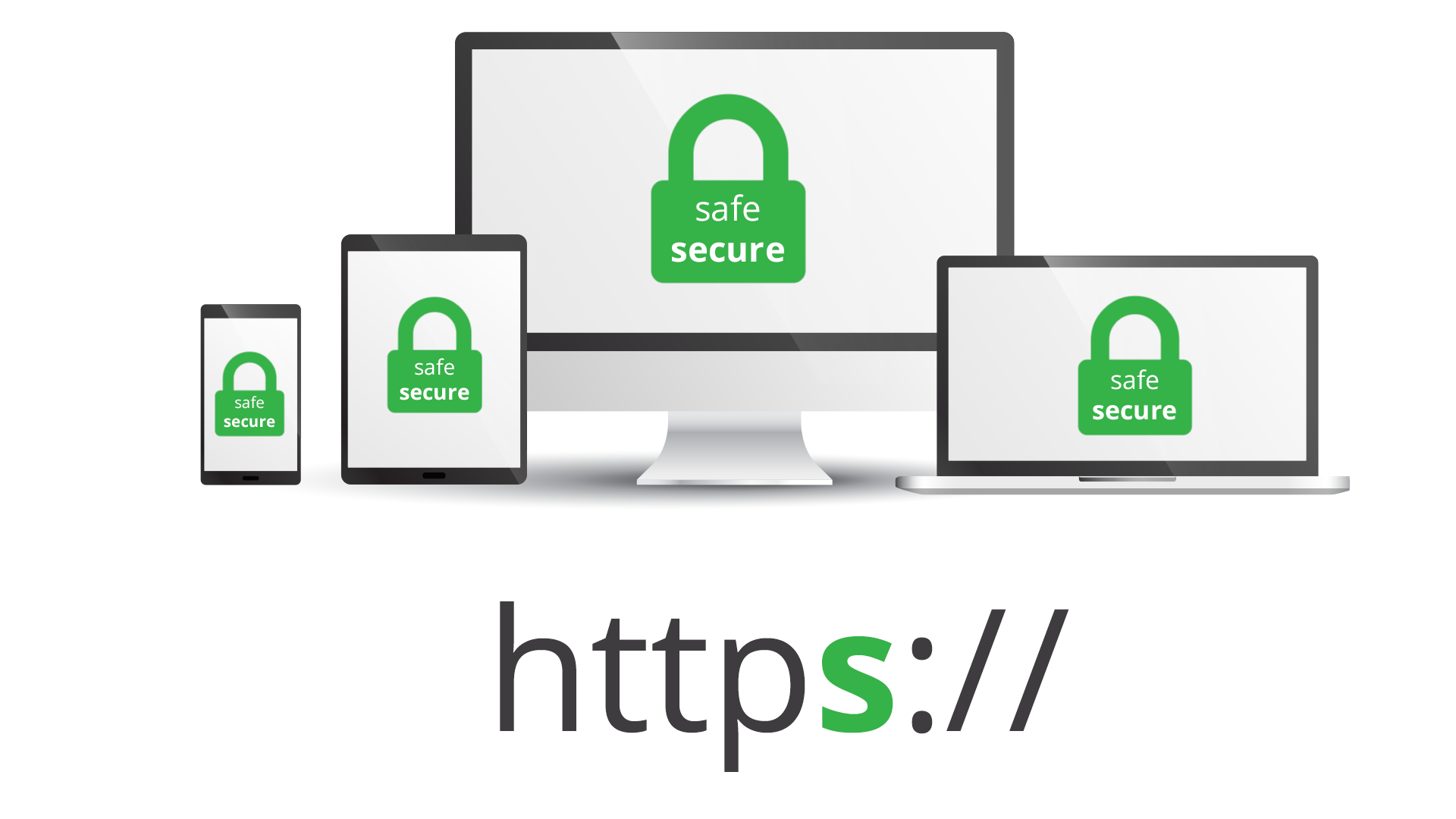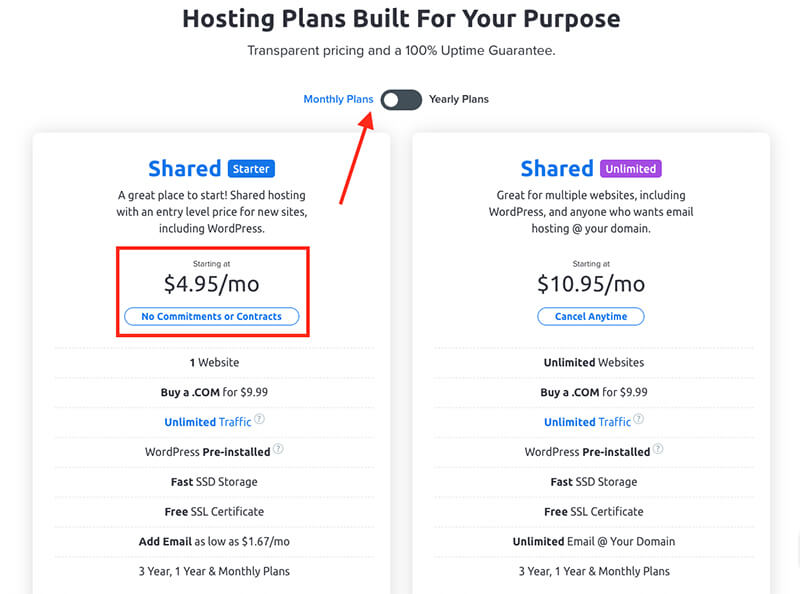
Application layer protocols allow software to send and receive information. These protocols can be used to provide software and users with meaningful data. Applications that use application layer protocols include instant messaging and e-mail, as well as web browsing. It allows software to interact directly with other software applications. Not all applications use application layers protocols.
The OSI model defines the application layer as the lowest level. The abstraction layer of the OSI model is this layer. This layer hides system operations and provides resources to the above applications. This layer performs directory searches, for instance.
The application layer provides many functions including file storage and file transfers. It allows users to log in as remote hosts and also allows them to communicate with other programs. The application layer is used by e-mail and fax as well as web browsers. MSN Instant Messenger and AOL Instant Messenger use the application layers to send messages over a network.

This layer is easily accessible. The application layer acts as a bridge between the computer and the operating system, and it contains various facilities to facilitate interoperability between various software applications. By ensuring proper communication, it helps to ensure that all layers are able to function properly.
It provides information about global services and supports a variety interfaces. A Web browser, for example, uses the application layers to connect to remote servers. Similarly, a Usenet news reader can use the application layer to access files and documents that reside on a remote computer.
Security is another crucial function of the app layer. It provides security and protection against network integrity compromises and attacks. It can affect the network's overall integrity and performance if an attacker steals data from the application layer. Additionally, it can also result in the loss of data and data integrity.
It is possible to protect the application layer against attacks through packet inspection. A packet inspection is similar to an intrusion detection method. It allows a server inspect the contents of a packet.

The OSI model also includes encryption as a key function for the application layer. Encryption is a process in which data is packaged into a different protocol. Depending on what data is being sent, the original message might be wrapped in several nested wrappers. Each nested wrapping contains control information like routing controls and destination address. Once an encrypted message has been sent, it is passed to the layer below. This layer will handle error control, among other functions.
Another function of an application layer is to allow transparent network connections. When a browser connects, it sends an acknowledgment to the server. The server will then return an acknowledgment. Once the connection has been established, the server assigns a port number for the client.
An application layer protocol is used to facilitate communication between a server or client. Several popular protocols for the application layer have been created, including FTP, SMTP, and DHCP.
FAQ
What types of websites should you make?
This question is dependent on your goals. To build a business around your website, you may want to focus on selling products online. You'll need to build a robust eCommerce site to do this successfully.
Blogs, portfolios and forums are all popular websites. Each one of these websites requires different skills. If you are looking to start a blog, then you need to know about blogging platforms like WordPress and Blogger.
It is important to choose the right platform for your site. You can find many free templates and themes for every platform.
Once you've chosen a platform, you can build your website by adding content. Your pages can be filled with images, videos and text.
You can publish your website online once you have launched it. Visitors can access your website in their browsers once it is published.
WordPress is a CMS.
The answer is yes. It's a Content Management System. A CMS allows you to manage your website content from within a web browser instead of using an application such as Dreamweaver or Frontpage.
WordPress is completely free! Hosting is all you need, and it's usually free.
WordPress was originally created to be a blogging platform. But WordPress now offers many more options, such as eCommerce sites or forums, membership websites and portfolios.
WordPress is easy to install and set up. Download the file from their website, and then upload it to your server. You can then visit your domain name using your web browser to log in to your new website.
After installing WordPress, register for a username/password. Once you have logged in, a dashboard will appear where you can view all of your settings.
From here, you can add pages, posts, images, links, menus, widgets, and plugins. If you are comfortable creating and editing content, you can skip this step.
However, if you prefer to work with someone else, you can hire a professional web designer to handle the whole process.
What is a "static website"?
A static website is where all content is stored on a server and accessed by visitors via web browsers.
The term "static", as it is sometimes called, refers not to dynamic features such changing images, videos, animations, etc.
This site was originally intended for corporate intranets. However it has since been adopted and modified by small businesses and individuals who require simple websites without complex programming.
Static sites have become increasingly popular because they require less maintenance. Static sites are easier to maintain and update than fully-featured websites with multiple components (such as blogs).
They also tend to load faster than their dynamic counterparts. This makes them great for those who have slow Internet connections or users with mobile devices.
Additionally, static websites are safer than dynamic sites. A static website is impossible to hack. Hackers only have access the data in a database.
There are two main options for creating a static website.
-
Using a Content Management System.
-
Create a static HTML website
Which one is best for you depends on your needs. I recommend a CMS if you're just starting to create websites.
Why? Because you have complete control over your website. With a CMS, you don't need to hire someone to help you set up your site. All you need to do is upload files to the web server.
You can still learn how to code and create a static website. But you'll need to invest some time learning how to program.
What is Website Design Software?
Graphic artists, photographers, illustrators, and writers use website design software to create websites and other digital media.
There are two types main website design software options: desktop apps and cloud-based. Desktop apps are installed locally on your computer and require you to install additional software on your computer. Cloud-based applications are hosted on the internet. This makes them great for mobile users.
Desktop Applications
While desktop applications offer more advanced features than those in cloud-based solutions, they aren't always necessary. Because it's more convenient, some people prefer to use a desktop app. Some people like the same tool no matter whether they're working on a computer or a smartphone.
Cloud-Based Solutions
Cloud-based solutions are a great option for web designers looking to save time and money. These services let you edit any type or document anywhere you have an internet connection. You can use your tablet to work while you wait for your coffee brew.
A license is required if you opt for a cloud-based service. You won't need to purchase additional licenses if you upgrade to a later version.
These programs can be used in Photoshop, InDesign, Illustrator or any other Adobe product to create web pages.
What technical skills do I need to design and construct my site?
No. All you need is an understanding of HTML and CSS. Online tutorials can be found that cover both HTML and CSS.
Can I create my own website with HTML & CSS?
Yes! If you've read this far, you should now know how to create a website.
After you have learned how to structure a website, you will need to know HTML and CSS.
HTML stands for HyperText Markup Language. It is similar to writing a recipe. You'd list the ingredients, instructions, along with directions. Similarly, HTML tells a computer which parts of text appear bold, italicized, underlined, or linked to another part of the document. It's the language for documents.
CSS stands to represent Cascading Stylesheets. This is a stylesheet for recipes. Instead of listing out each ingredient and instruction, you write down general rules for things like font sizes, colors, spacing, and more.
HTML tells a browser how to format a webpage; CSS tells a browser how to do it.
Don't worry if you don't know the meaning of either one of these terms. Follow the tutorials and you will soon be creating beautiful websites.
What Should I Include In My Portfolio?
These are the things you should include in your portfolio:
-
Examples of your previous work.
-
Link to your website (if possible).
-
You can also find links to your blog.
-
These are links to social media sites.
-
You can also find links to other designers' portfolios online.
-
Any awards you have been given.
-
References.
-
Examples of your work.
-
These are links showing you how to communicate effectively with clients.
-
You are willing to learn new technologies.
-
You are flexible, these links will show it.
-
Links that show your personality
-
Videos showing your skills.
Statistics
- Studies show that 77% of satisfied customers will recommend your business or service to a friend after having a positive experience. (wix.com)
- The average website user will read about 20% of the text on any given page, so it's crucial to entice them with an appropriate vibe. (websitebuilderexpert.com)
- It's estimated that in 2022, over 2.14 billion people will purchase goods and services online. (wix.com)
- When choosing your website color scheme, a general rule is to limit yourself to three shades: one primary color (60% of the mix), one secondary color (30%), and one accent color (10%). (wix.com)
- It enables you to sell your music directly on your website and keep 100% of the profits. (wix.com)
External Links
How To
How do I get started as a UI Designer?
There are two paths to becoming a UI design:
-
You can earn a degree in UI Design by going to school.
-
You can become a freelancer.
If you want to go through school, you'll need to attend college or university and complete four years of study. This covers art, business, psychology, and computer science.
There are also state universities and community colleges that offer classes. Some schools offer tuition-free programs while others charge tuition.
You'll need to find work once you have graduated. If you plan to work for your own business, you need to establish a client base. You should network with other professionals to let them know that you exist.
Internships are also available at web application development companies. Many companies hire interns to gain experience before hiring full-time employees.
Once you have built up a portfolio of your work, it will help you land more jobs. You should have work samples and information about the projects you worked on in your portfolio.
It is a smart idea to send potential employers your portfolio via email.
You will need to market your services as a freelancer. Advertise your services on job boards such as Indeed, Guru, Guru, and Upwork.
Freelancers often receive assignments from recruiters who post openings online. These recruiters seek qualified candidates to fill open positions within certain industries.
These recruiters provide candidates with a project description that details the position's requirements.
Freelancers are not required by law to sign any long-term agreements. You should negotiate an upfront payment if your goal is to move forward.
Many designers prefer to work directly and not through agencies. Although this may seem appealing, many people lack necessary skills.
Agency workers often have extensive industry knowledge. They can also access specialized training and resources that will allow them to produce top-quality work.
In addition to these benefits, agency workers usually receive a higher hourly rate.
You won't be able to get in touch with your employer directly if you work with an agency.
To succeed as a UI designer, you must be self-motivated, creative, organized, flexible, detail-oriented, analytical, and communicative.
You must also possess excellent verbal and written communication skills.
UI designers are responsible in designing websites through the creation of user interfaces (UI), as well visual elements.
They are also responsible in ensuring that the site meets all users' requirements.
This includes understanding the information that visitors require and how the site should function.
UI designers use various tools to create wireframes. Wireframing is a way for them to visualize the layout of a page prior to beginning their designs.
There are many wireframe templates available online. Anyone can create their own wireframes.
Some designers concentrate on UI design only, while others mix UI design with graphics design.
Graphic designers use software such as Photoshop to edit images.
Then, they use Adobe InDesign for layout and page design.
Photographers capture images using digital cameras or DSLRs.
Then, they upload the photos to a photo editor program, where they add captions and filters.
The photographer saves the image to a file compatible with the website.
It is important to take into consideration all aspects of the design process when building a website.
This includes research planning, wireframing and prototyping, as well as testing, coding, content generation, and publishing.
Research – Before starting any new project, it is important to conduct extensive research.
Planning - Once your research is complete, you can begin to create a plan.
Wireframing is a preliminary sketch for a web page, or application.
Prototyping: Prototypes can help to ensure that the final product meets the initial vision.
Testing – The prototype should go through multiple rounds to be tested in order for it to work properly.
Coding - Coding refers to the process of writing computer code.
Content Creation - Content creation covers everything from writing copy to managing social media accounts.
Publishing involves uploading files to a server, and making sure the site is accessible.
You'll need to be able to understand the different projects you work on as a freelance UX/UI Designer.
Some companies, for example, only need wire frames. Others require complete prototypes.
Depending on which type of project you accept you might be asked to do specific tasks.
One example is that if you are hired as a wireframe designer, you might be required to create many wireframes.
If you're required to build a complete prototype of a website, you may also be required to design a fully functional version.
Strong interpersonal skills are important regardless of the project type.
Referrals are what most clients use to hire freelancers. Therefore, it is important that you establish strong relationships with potential employers.
Additionally, communication skills are essential.
A portfolio is an essential part any freelancer's arsenal.
It showcases your work, and demonstrates your ability deliver high-quality outcomes.
You can take care of this by creating a professional portfolio online.
It is a good idea to look for websites that are similar to yours to get you started.
Search these websites to view the details of each site.
Once you've identified the best practices, it is time to start implementing them.
It is also a good idea to include links in your resume to your portfolio.